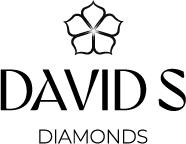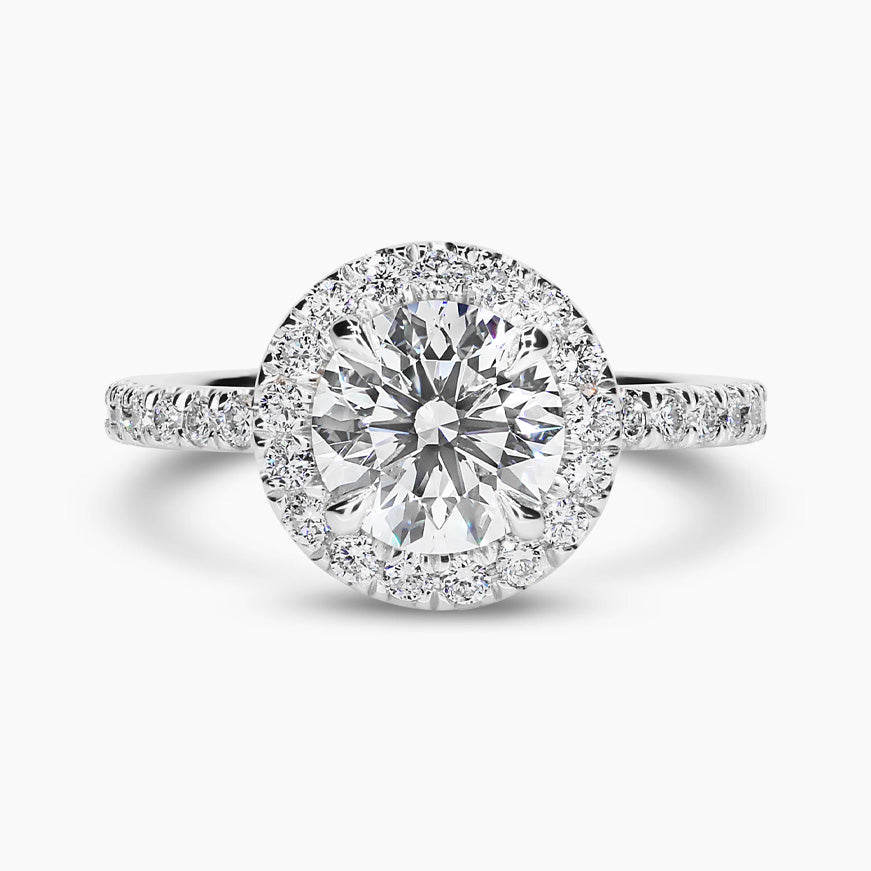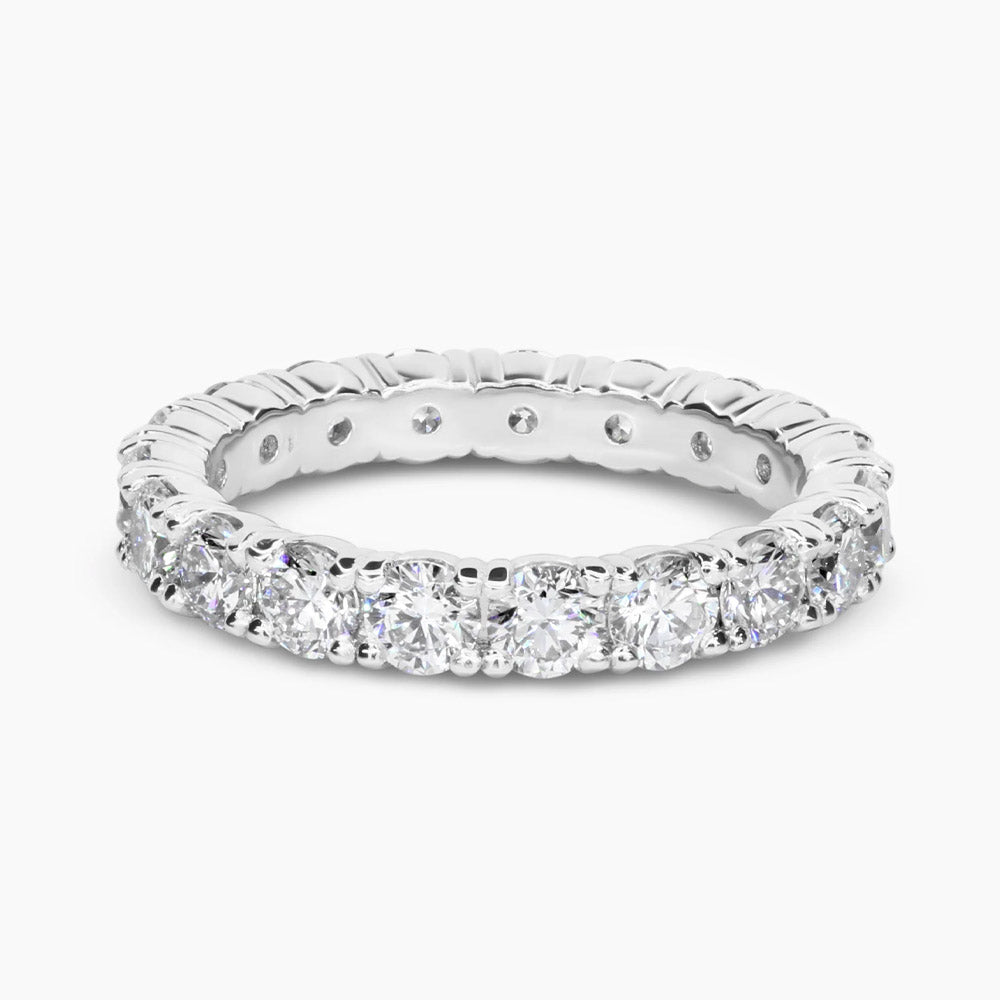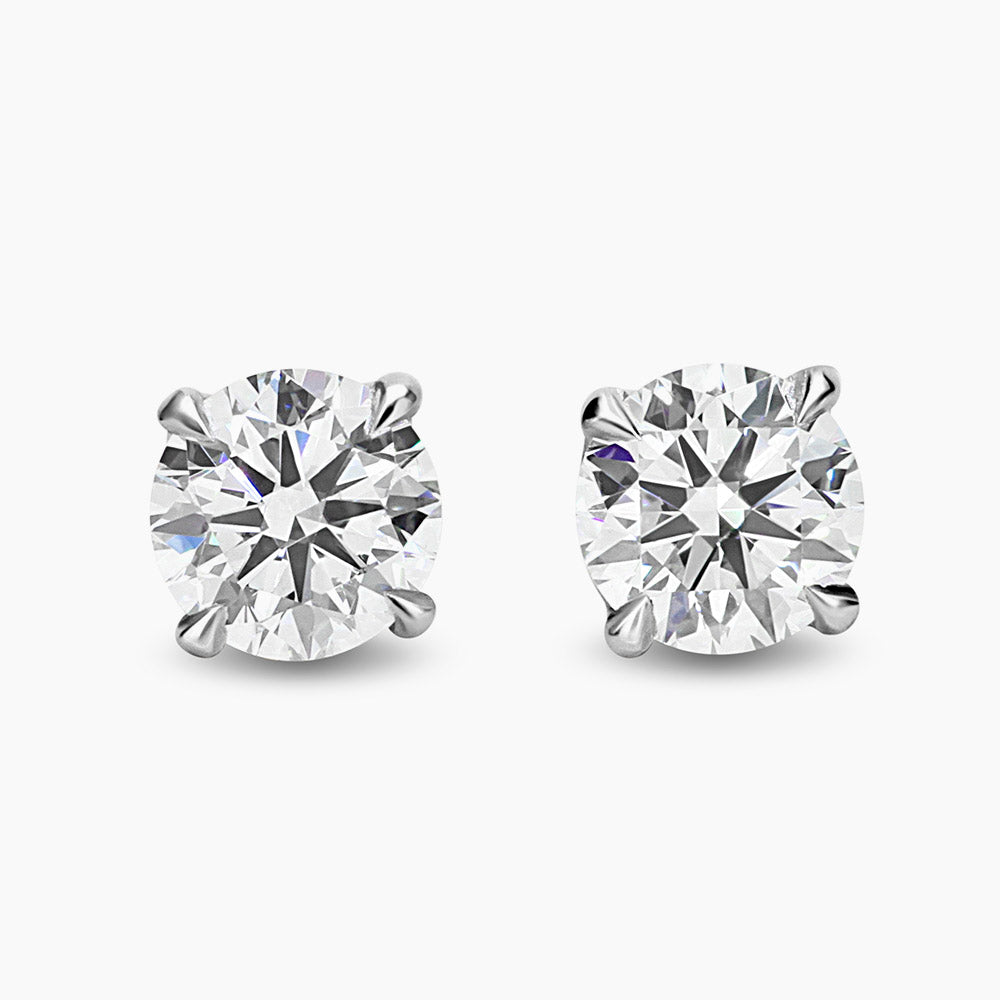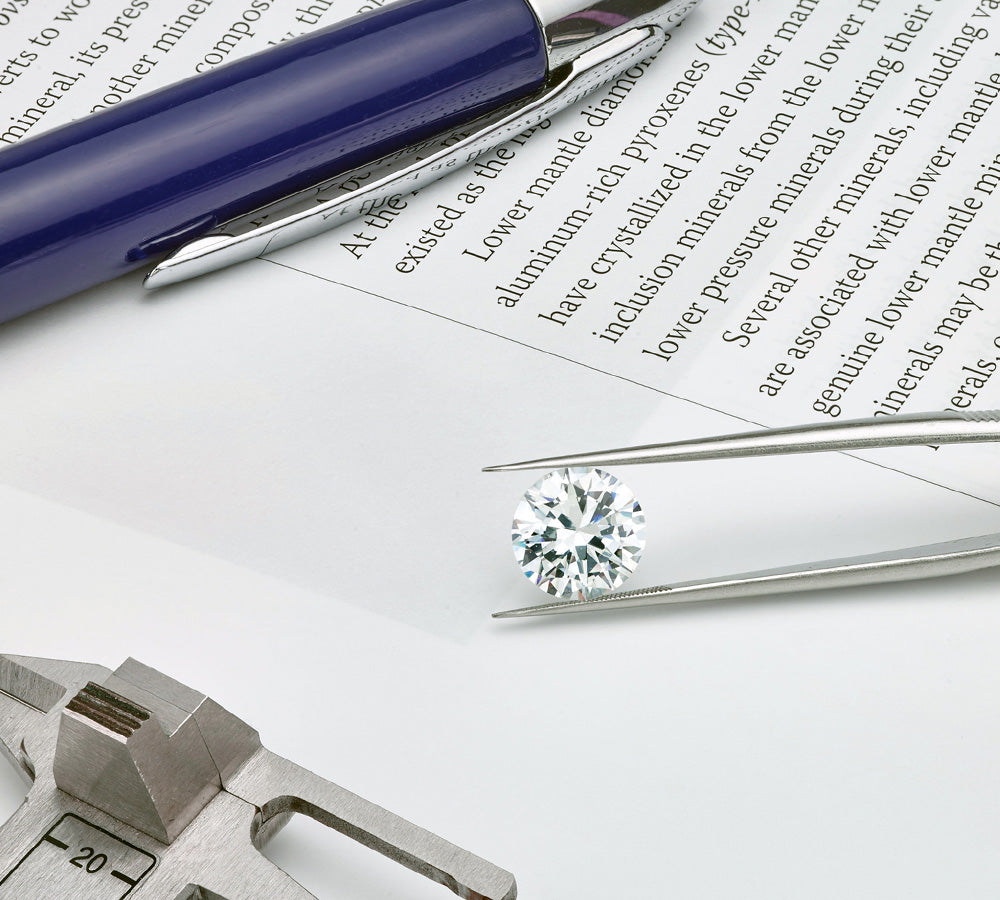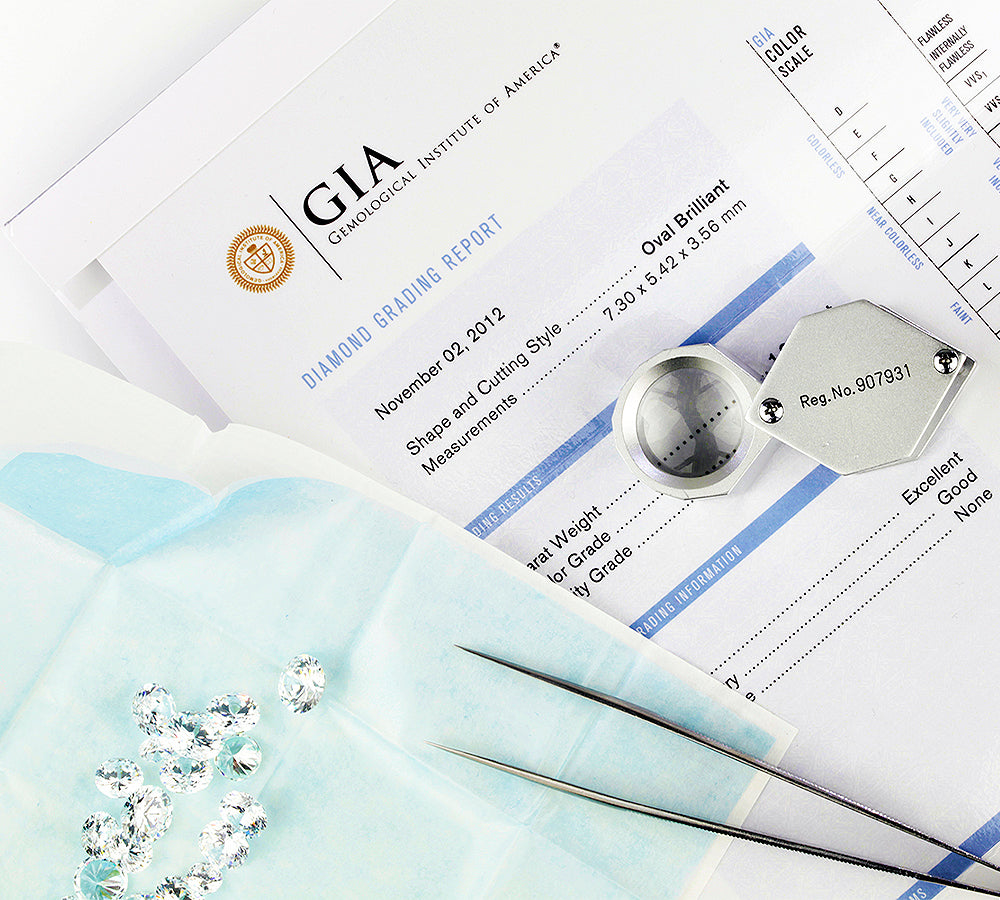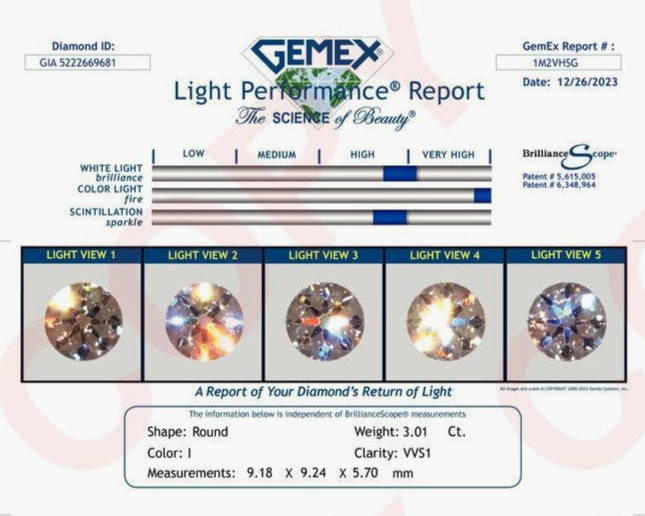GIA Gem Trade Laboratory
The Gemological Institute of America are the creators of the International Diamond Grading System. The definition of the 4 C's as the world knows it today was set by GIA. Besides conducting extensive scientific gemological research and developing gemological professionals through education, GIA provides the jewelry industry with GTL Reports. The GIA Gem Trade Laboratory Report for diamonds, often referred to by many, as a GIA Certificate is undoubtedly the world's most reliable, accurate, recognize and valuable diamond grading report. This report provides great details on the diamond and offers a diagram of internal and external characteristics or flaws. It is the finger print that uniquely identifies that particular diamond and which could be used later to verify that diamond:..("Rejection" Class).
Because G.I.A. grades only natural diamonds, those who purchase diamonds with a G.I.A. Diamond Grading Report will be assured that their diamond will not be a synthetic (man-made) or clarity enhanced (fractured filled) diamond. These are the two prevalent problems facing the consumer in this high-tech era.
Every diamond GTL grades gets analyzed by a Sarin Diamond Proportion Analyzer. This information currently is not provided in the GTL Report but is kept with GIA as additional identification information on that particular diamond. For those who are pursuing ideal cut diamonds and are interested to know the crown angles, pavilion angles, and other proportional details, one must simply ask the vendor for a Sarin Diamond Proportion Report. All vendors that are serious about selling ideal cut diamonds have this report.
Don't be enticed to accept another laboratory report in lieu of GIA because it provides addition proportion information. Rather stick with GIA GTL Report for gemological accuracy and request a supplemental Sarin Diamond Proportion Report. This way you will never get the wrong color, clarity, polish, symmetry and fluorescence rating. The following is the breakdown of the GIA GTL Report, line by line.

